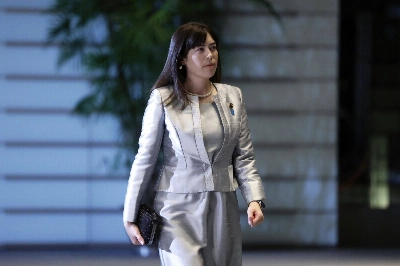Meta
Kit Nagamura
Sep 28, 2013
Jul 27, 2013
Jun 30, 2013
May 26, 2013
Feb 24, 2013
Nov 25, 2012
Oct 28, 2012
Sep 30, 2012
Aug 26, 2012
May 27, 2012
Apr 29, 2012
Mar 25, 2012
Nov 27, 2011


































